Description
A Year 4 Maths Workbook typically covers a variety of mathematical topics aligned with the curriculum for 9-10-year-old students. It includes exercises on fundamental arithmetic, geometry, and problem-solving skills. Below are some key areas you might find in such a workbook:
### 1. **Number and Place Value**
– Understanding the value of digits in 4-digit numbers
– Comparing and ordering numbers
– Rounding numbers to the nearest 10, 100, and 1,000
– Counting in multiples (e.g., 6, 9, 25)
### 2. **Addition and Subtraction**
– Mental strategies for addition and subtraction
– Written methods for addition and subtraction (column method)
– Adding and subtracting 4-digit numbers
– Word problems involving addition and subtraction
### 3. **Multiplication and Division**
– Multiplying and dividing 2-digit numbers by 1-digit numbers
– Understanding the times tables (multiplying up to 12×12)
– Long division and using the division symbol
– Word problems with multiplication and division
### 4. **Fractions**
– Recognizing and writing fractions (e.g., 1/2, 3/4)
– Comparing and ordering fractions
– Adding and subtracting fractions with the same denominator
– Understanding equivalent fractions
### 5. **Decimals**
– Reading and writing decimals up to two decimal places
– Comparing and ordering decimals
– Adding and subtracting decimals
– Converting between fractions and decimals
### 6. **Measurement**
– Measuring lengths, mass, and volume in metric units (cm, m, kg, l)
– Converting between units of measurement (e.g., cm to m)
– Time: Reading and calculating time on an analogue and digital clock
– Solving word problems involving measurements
### 7. **Geometry**
– Identifying 2D and 3D shapes and their properties (e.g., triangles, squares, circles, cubes)
– Symmetry and reflections
– Measuring and drawing angles (right angles, acute, obtuse)
– Perimeter of simple shapes
### 8. **Statistics**
– Reading and interpreting bar charts, pictograms, and tables
– Understanding averages (mean, mode, median)
– Collecting and representing data
– Solving problems based on data
### 9. **Problem Solving and Puzzles**
– Word problems that involve multiple steps
– Logical reasoning and pattern recognition
– Using mathematical concepts to solve practical problems
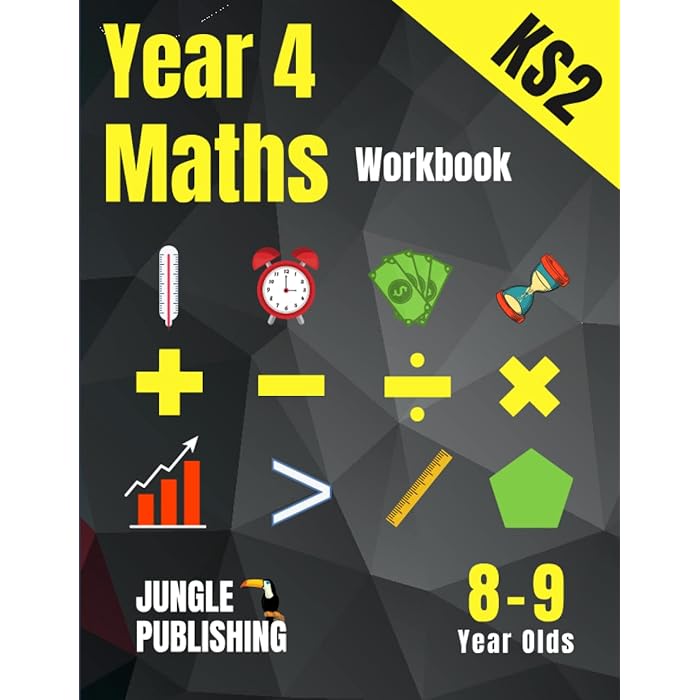
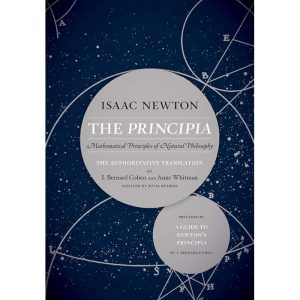
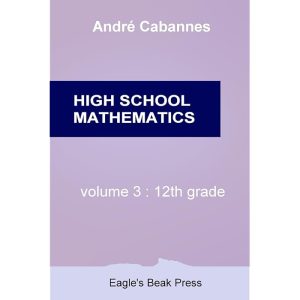

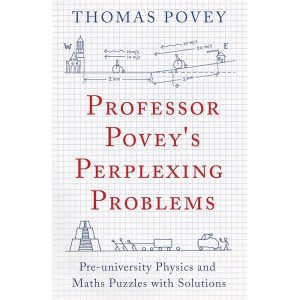

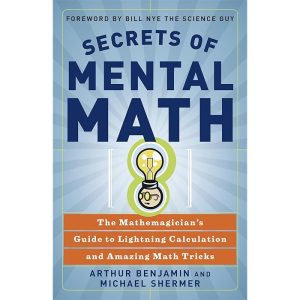
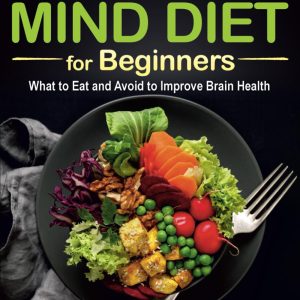
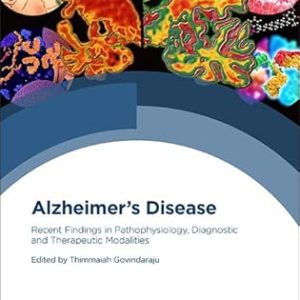
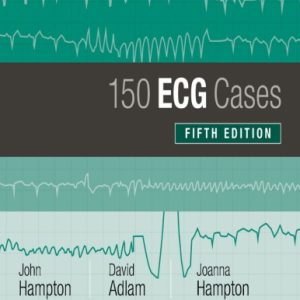
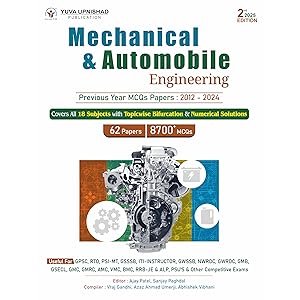

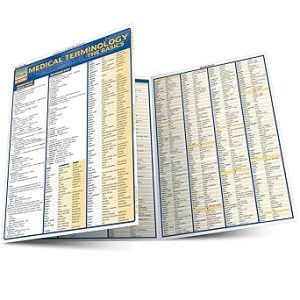
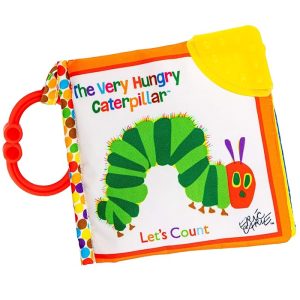



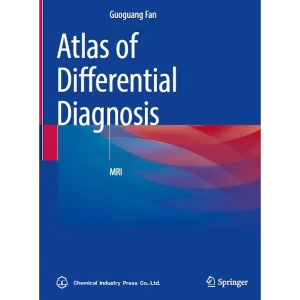
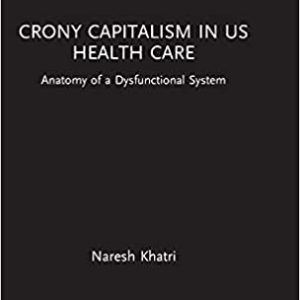

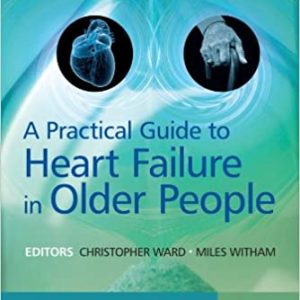
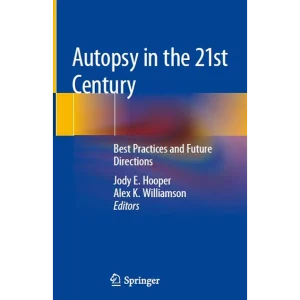

Reviews
There are no reviews yet.